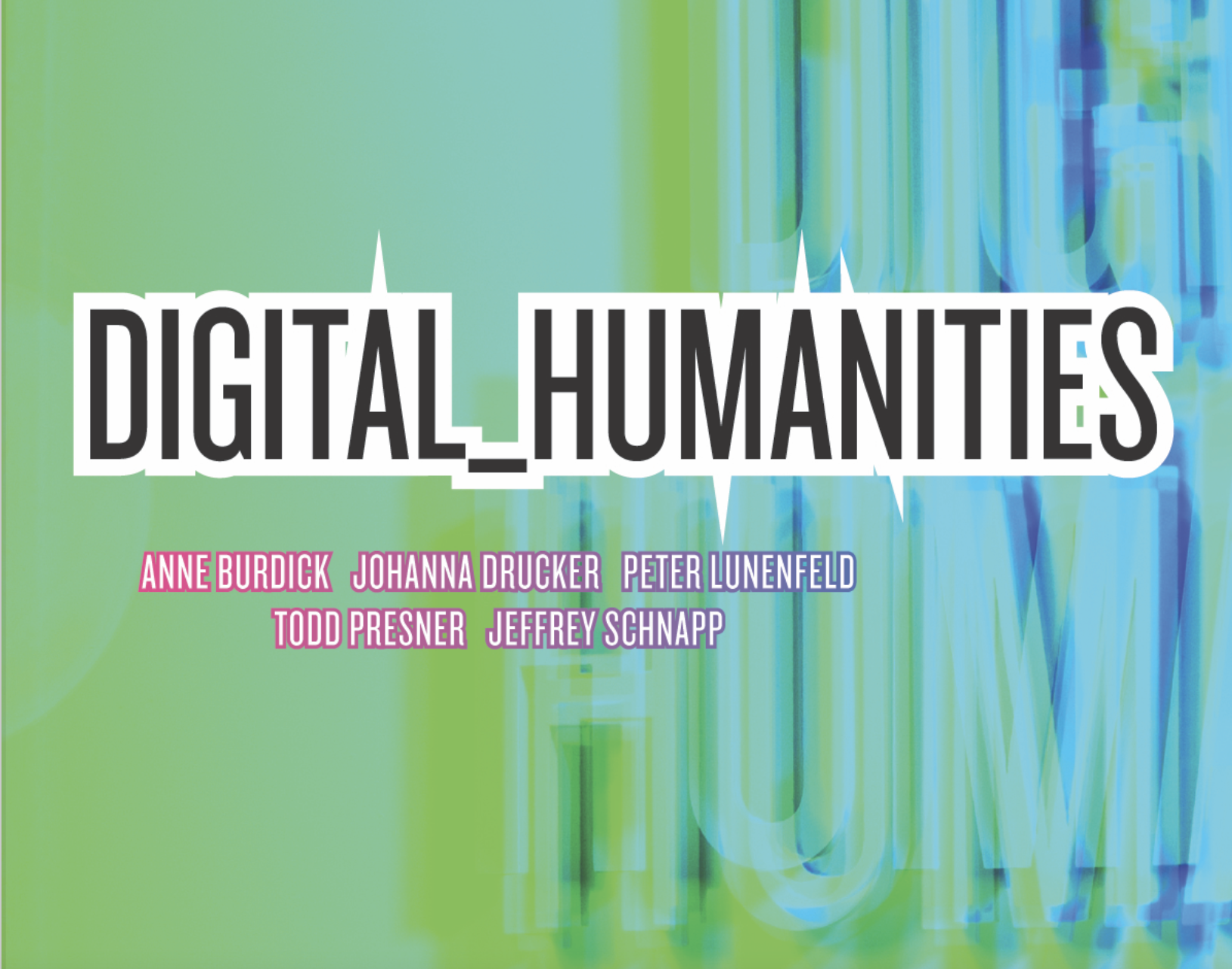In a digital world, choices about what remains and what is eliminated, what is made accessible, how and in what form, are just as enduring and just as potentially enhancing or damaging.
Burdick et al. “One: From Humanities to Digital Humanities,” in Digital_Humanities (Cambridge, MA: MIT Press, 2012), 19.
Given the complicated and rather depressing political situation right now, this quote from “Digital_Humanities really struck a chord with me. As Digital Humanists work towards migrating into, analyzing, reinterpreting, and creating cultural materials on digital platforms, ordinary people like myself are also struggling to decide what kinds of information should be allowed to exist on and offline. Should Trump be banned from social media? Should we eliminate posts that say COVID-19 is a hoax? Should politically sensitive books be removed from shelves in Hong Kong? How do we reconcile with tragedies from the past, such as colonialism, slavery, the Holocaust…? When is it OK for K-Pop artists, or really any artists, to “borrow” from another culture? These are some of the questions that have been occupying my mind and although it seems impossible to find definite solutions to them anytime soon, it is comforting to know that many Digital Humanists have similar concerns and are tackling them head-on with a transparent, experimental, and fail forward mindset.
In addition to asking what should or should not be kept in public discourse, another important question posed by the quote above is how and in what form information should be presented. “Digital_Humanities” tells us that contrary to popular belief, “graphical interfaces” (Burdick, 20) have been key to the field for centuries. When I think of the term “graphical interfaces”, I automatically connect it with complex web designs and fancy graphs and infographics, but essentially, the term just means “ways in which users input and access information, and the physical and conceptual design of such systems” (Burdick, 20). If we agree with this definition, indexes, tables of contents, footnotes, endnotes, as well as good old classification systems in libraries are simply “graphical interfaces” of physical books. By playing with different methods of presenting both statistical and qualitative information, digital humanists not only learn more ways of structuring an argument, but also help encourage more people to engage with the humanities in their daily lives, such as through their phones and social media accounts. Perhaps the question we should be more concerned about is not how information should be presented, but how information can be presented. I, personally, am most interested in learning about organizing knowledge around social relationships, geospatial network, and how ancient scroll designs and page layouts might reshape our imaginings of digital scrolling or digital page units.
